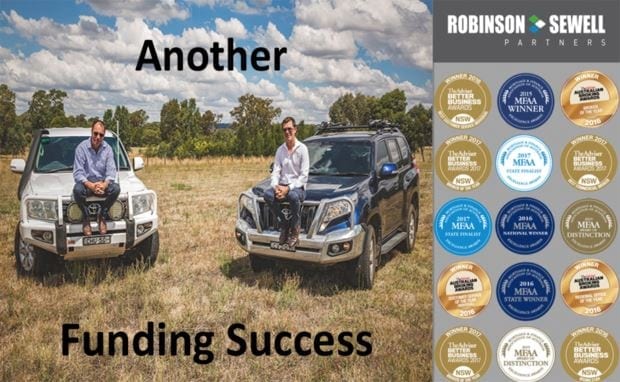
01 Aug The Farming Investment Dilemma
It is always a delicate balance between making investment choices, then how to fund the investment.
For farmers, there are 6 major motivators for funding requirements;
- Property acquisition
- Livestock acquisition
- Infrastructure investment
- Succession (intergenerational transfer)
- Off farm investment
- Working capital for business expansion (leasing, agistment, feed lotting etc)
May I suggest that each of these areas is a separate topic, so I will concentrate discussion on the first point, property acquisition.
Total Funding Requirements (beyond acquisition)
Traditionally, property acquisition has been funded by senior debt from the Australian traditional banks. This form of funding is deemed the cheapest form of capital, but it comes with the greatest amount of governance. Generally, a farm acquisition cannot financially support itself against a 100% lend with the policy and governance landscape ascribed to this capital unless the financial dynamics are subsidised by an existing operation. In addition, for further consideration, another 30% of the acquisition cost is generally required just to stock the new property, then working capital and capex on top.
There are many ways of considering the funding dynamics of acquisitions. This article will touch on;
- The real cost of capital utilising traditional senior debt
- Beyond the banks: alternative capital sources
- Case Study: Bank not supporting expansion
Stripping back the numbers, the current range of interest paid for most property acquisitions is between 3.50% to 4.75%. For simplicity, let us work with 4.25%. Assuming Australia’s inflation rate is 2.1%, then the real cost of capital is just 2.15%. Let us also assume that any rural property acquisition has available to it 30% of depreciable infrastructure assets over an average life of 15 years. A farmer paying 30c / $ tax, this provides a further 0.15% saving per annum. Real cost of acquisition is now at 2.00% p.a. It suddenly now seems like a more enviable outcome. But accessing attractive rates requires business stamina. In addition, maintaining capital security from the banks is a financial surgical process of credit assessment precision against a back drop of tightening credit policy and an ever-evolving banking landscape.
Working out Return on Assets on the expansion should be quite a simple exercise on any given livestock or cropping program. Whilst considering commodity and seasonal variability, historical long-term averages should be able to provide investment comfort towards the dynamics of the acquisition. Economies of scale, geographic diversification and succession goals are also attributed to the exercise.
Beyond the Banks
Beyond the boundary of the banks traditional debt, the capital spectrum for alternative senior debt and mezzanine finance for property acquisition is shallow. The few alternative farm gate offerings in the market are more aligned to the crop lien / livestock / working capital end of the product spectrum which can create additional challenges with various senior debt providers.
At this juncture, it then fast tracks to the equity side of the balance sheet. There is no established market place for third party equity capital to flow into investment ready vehicles. This process is more an ad hoc process through established networked channels and generally more reserved for the institutional level operators. Given that an estimated 90% of all farms in Australia are family operations, it becomes even more so convoluted to enquire into equity based options. Do not be confused by street talk claiming a “wall of money” is trying to find a home in agriculture. A very strategic and disciplined approach is required to attract smart money.
But with stoic managerial preparation, commitment and an alliance with the right stakeholders, there is a funding solution to be had. Accessing hybrid debt / equity type partnerships is a long game of wealth creation for all stakeholders, not a reactive solution to an immediate funding crisis.




Sorry, the comment form is closed at this time.